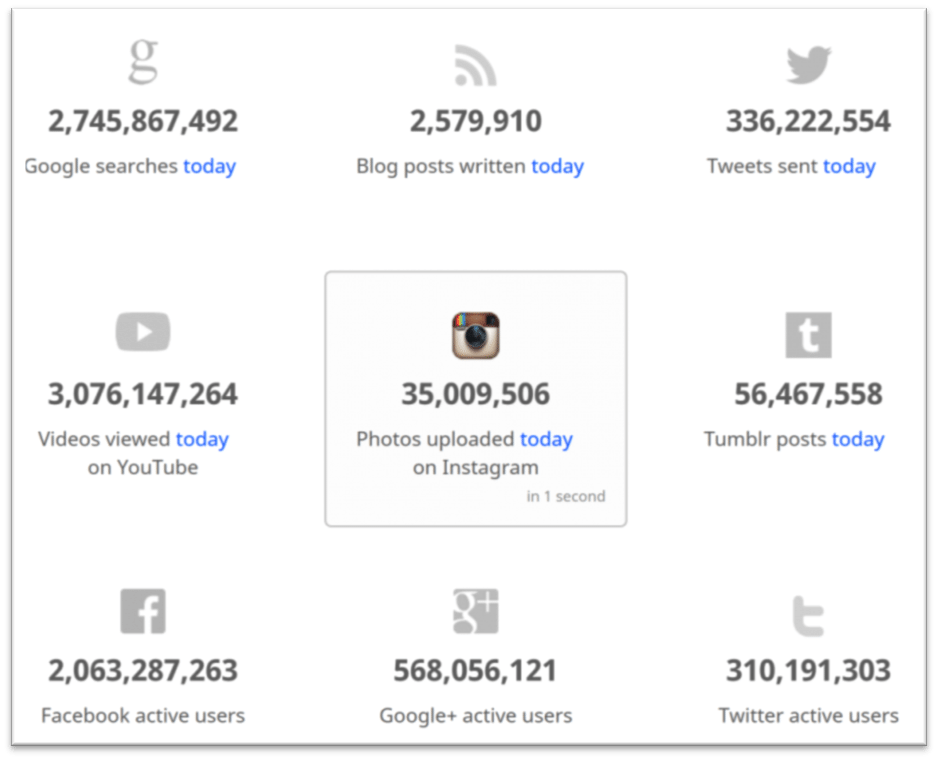Marketing managers, agency folks, eh-hem, can have your attention please? I need to ask you a simple question…
- Are you able to scale your Google AdWords and Facebook ads to reach a larger audience?
- Does investing more deliver more?
Whoops. That’s two questions. My bad.
But these are two hugely important questions for media buyers, ad account executives and everyone in digital marketing responsible for allocating resources absolutely must answer.
“No” answers or “not so sure” answers are definitely not good for your job security. You need solid answers, convincing answers, answers that substantiate your investment in those two advertising channels and deliver proof the dollars you pour into search and social also deliver ROI.
If your answers to those two questions are anything other than “Yes, definitely,” you now need another answer.
Your new answer might be native advertising.
Give me some credit for objectivity here. I don’t know your search and social pay-per-click programs are running upside-down. Nor do I know you will hit the jackpot by shifting media dollars over to native advertising.
I’m saying it’s an option—an option you need to consider. When marketers discover search and social advertising is busting their budget, experimenting with native advertising is a practical (maybe job-saving) counter move.
Have you heard of content shock?
“Content shock,” said Mark Schaefer. He didn’t say it on 60 Minutes or Oprah; he said it on his (amazing) marketing blog, Business Grow. The idea reverberated around the web almost as if it had been born on a controversial TV show.
Mark didn’t say you can’t succeed with content marketing at the forefront of your marketing strategy. He said content marketing “may not be a sustainable strategy for many businesses.”
His words drew the ire of countless advocates of content marketing, but his point of view rang true. Everyone knows it now.

Shocking? Probably not. A snapshot from the live social media activity tracker I saw in an email from Agora Pulse certainly supports the notion that the volume of content vastly outpaces the demand.
Could good old advertising be the answer?
Nope. Good old advertising isn’t good; it’s old.
With the help of data from Shareaholic, a short time ago, a post on the Taboola blog pointed out 70 percent of consumers now prefer to learn about products through content vs. traditional advertising. Online display ads fall into the “traditional” category and earn click-through rates (CTR) of only .35 percent, according to HubSpot.
Native advertising is the intersection of content marketing and advertising. Readers don’t object to the ads the way they do traditional display advertising.
Ads are presented unobtrusively in content feeds and tend to feature news, educational content and entertainment. They blend into the online environment making them less intrusive—and more effective.
In fact, native advertising earns 10X greater CTR.
Scaling to reach a larger audience.

Like most search and social advertising programs, fees for the native ad model from Taboola, the leading content discovery platform, are based on cost-per-click.
The similarities end there. The reason to invest in a Taboola ad campaign isn’t necessarily lower fees.
Clicks don’t necessarily come cheaper; they come from a wider audience.
The number one reason to invest is you can scale to reach a larger audience. And you could very well realize superior ROI, which is the ultimate measure of all advertising and marketing investments.
Let’s break it down and examine the realities of the three ad strategies…
Advertising with search engines
When you run ad campaigns on Google, or any search engine, you succeed only when search intent is high. That is, the user conducts a search for something you sell. The keywords he or she uses suggests intent to buy.
While this may sound like good news, one shouldn’t necessarily jump to that conclusion. Your “R” has to outpace your “I.” Such may not be the case universally.
Take, for example, a high traffic keyword like “insurance.” The volume of search for the term begets a very high cost-per-click. Serving your search ads to people that have entered the word can be excruciatingly costly.
Advertising with social media networks
Like search, the audiences on social media networks are large. In the case of Facebook and Instagram, we’re talking billions. Of course, advertisers don’t try to reach the entire universe of users, but target their ads according to demographic criteria.
These networks are inherently walled. You may have heard them referred to as “walled gardens.” A very real implication is they’re built to keep people inside their walls. And, of course, the ads only reach people “in the garden.”
Advertising across the web with native advertising
Native advertising busts walls and doesn’t auction clicks based on keyword popularity. The scope of the audience is massive. It’s millions of websites. Not one.
The potential reach expands as new and more publishers sign on with services such as ours.
Returning to our “insurance” use case… As a Taboola network advertiser you have the opportunity to reach millions of users that may be interested though not actively searching.
Users simply discover your content.
Is native your next frontier?

Content shock is real. As a marketer, search and social are certainly not out of bounds. In fact, they’re important channels.
It’s time to realize how intense the battlefield is. You’re likely to hit a ceiling with search and social channels alone and may get lost in the noise.
If expanding your audience is a critical challenge for your brand, native advertising presents a powerful third option, a potential new frontier to make your voice heard.